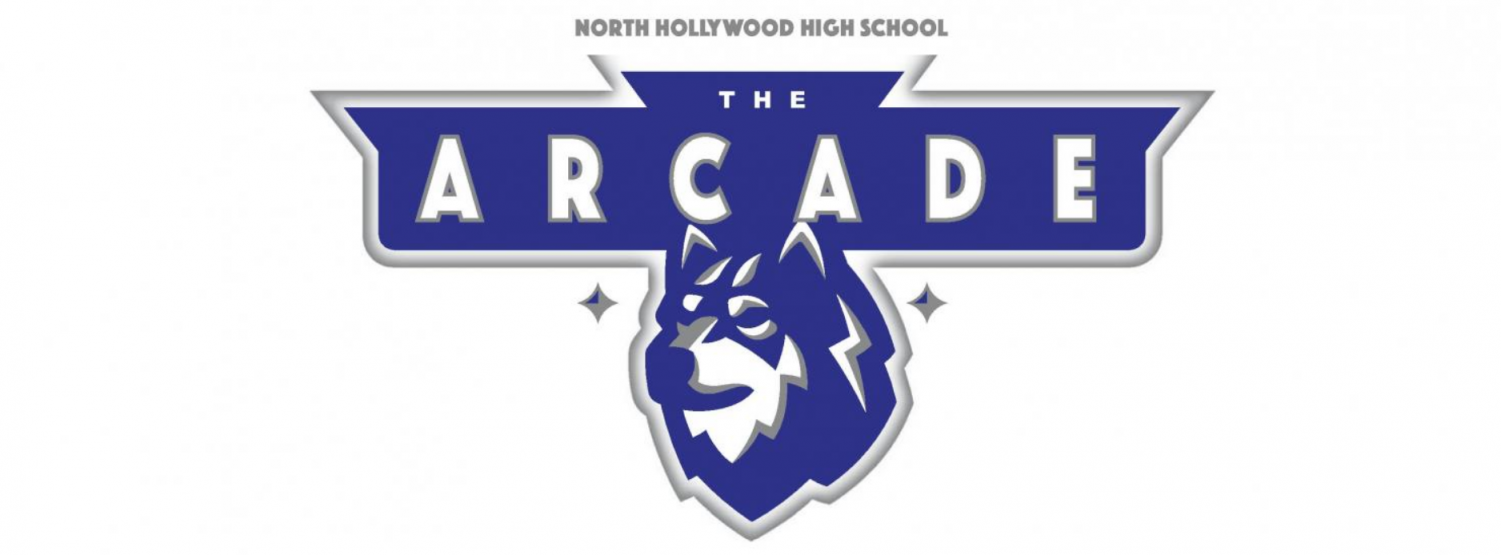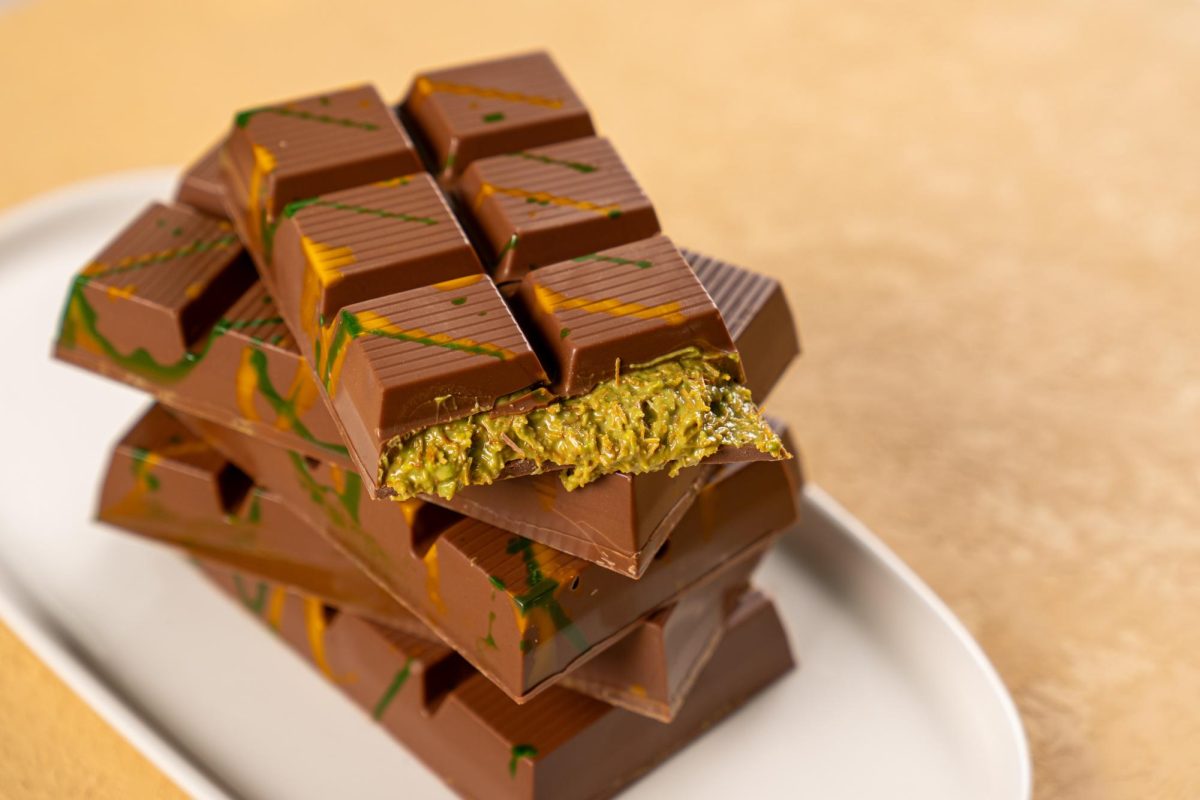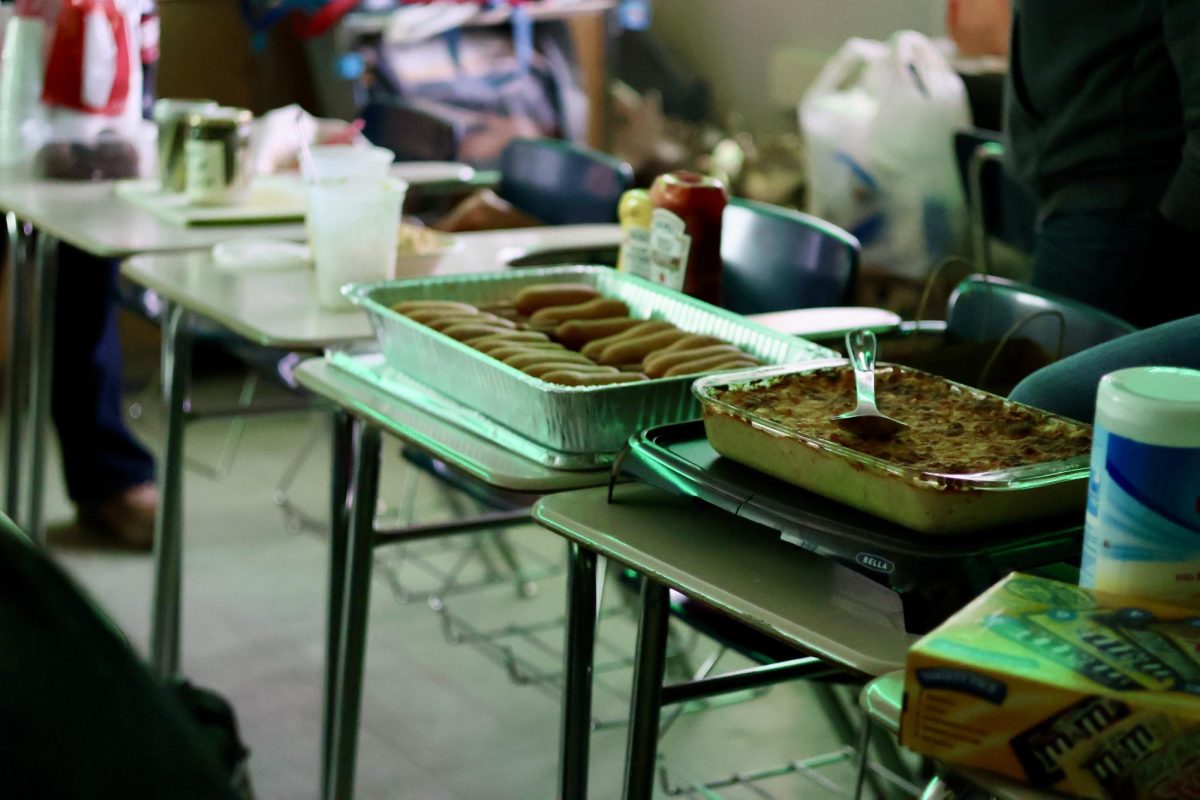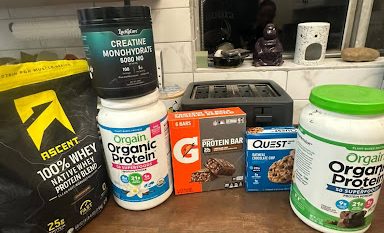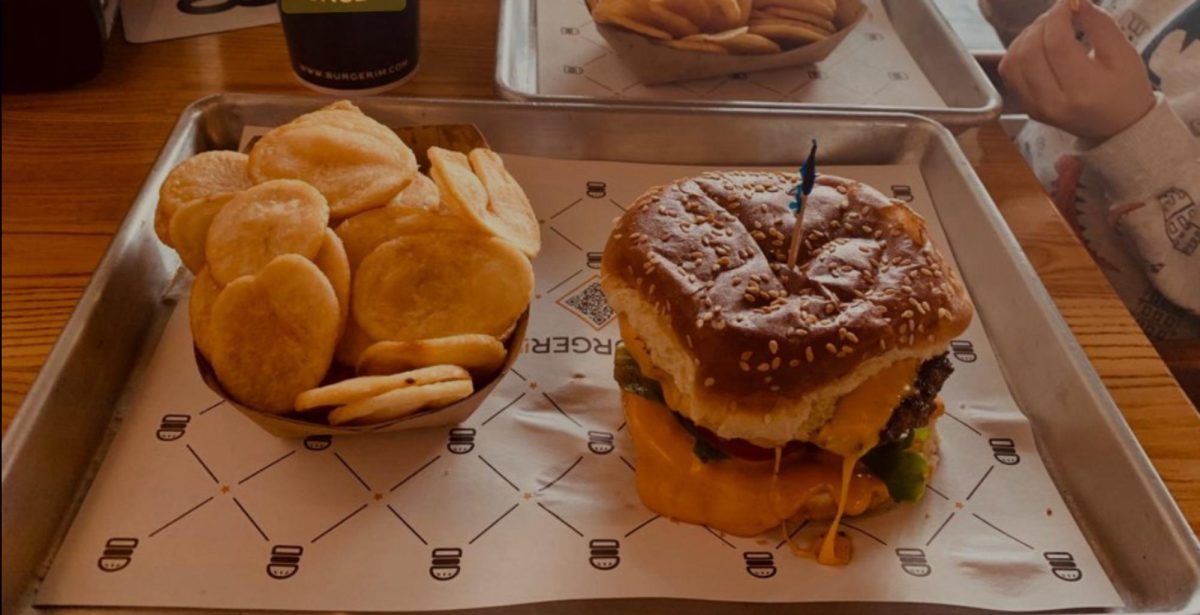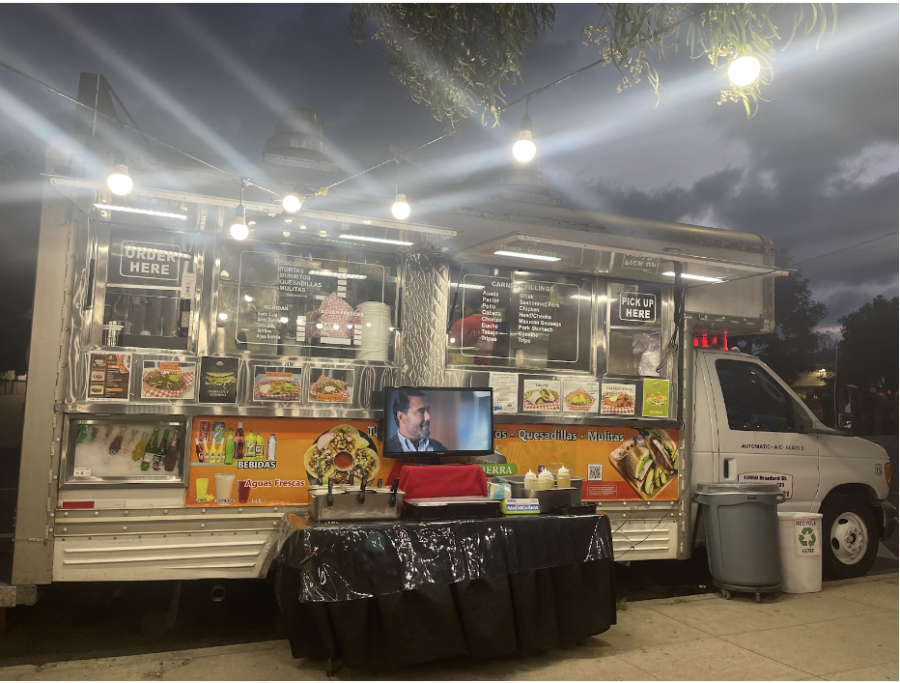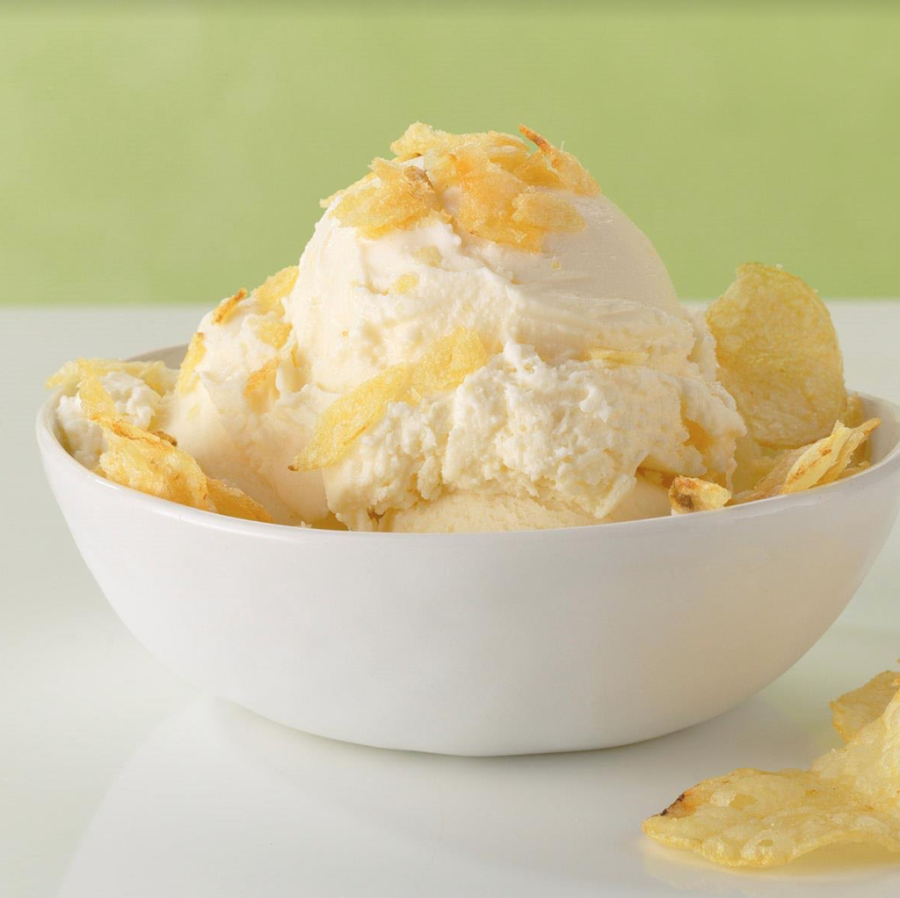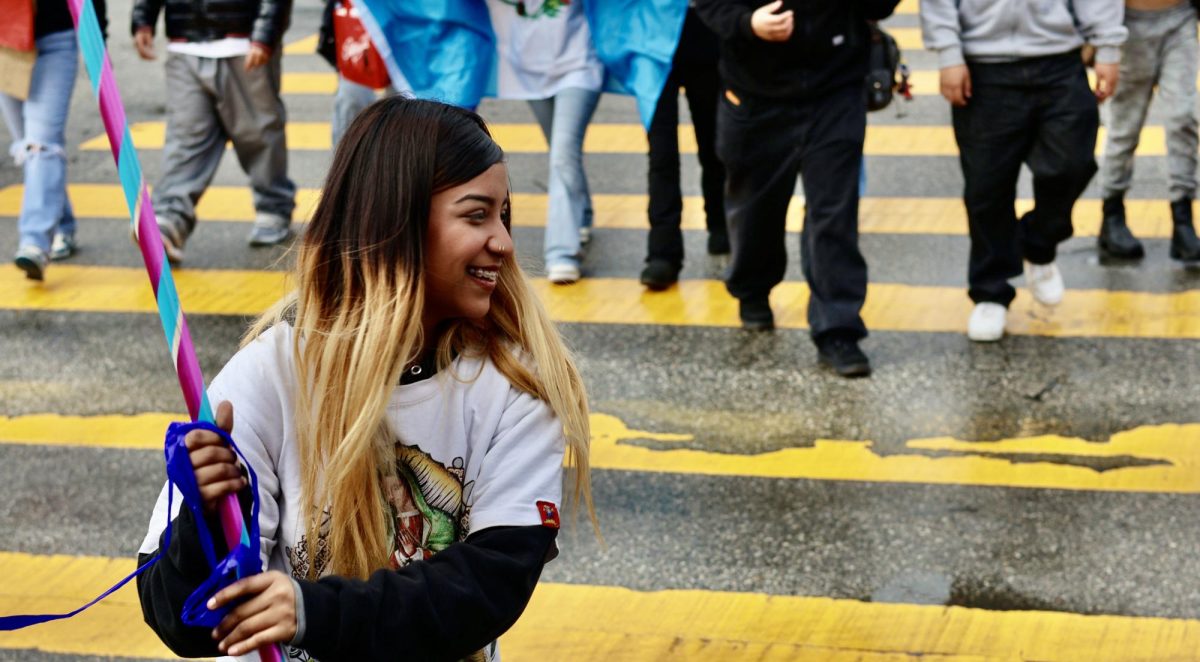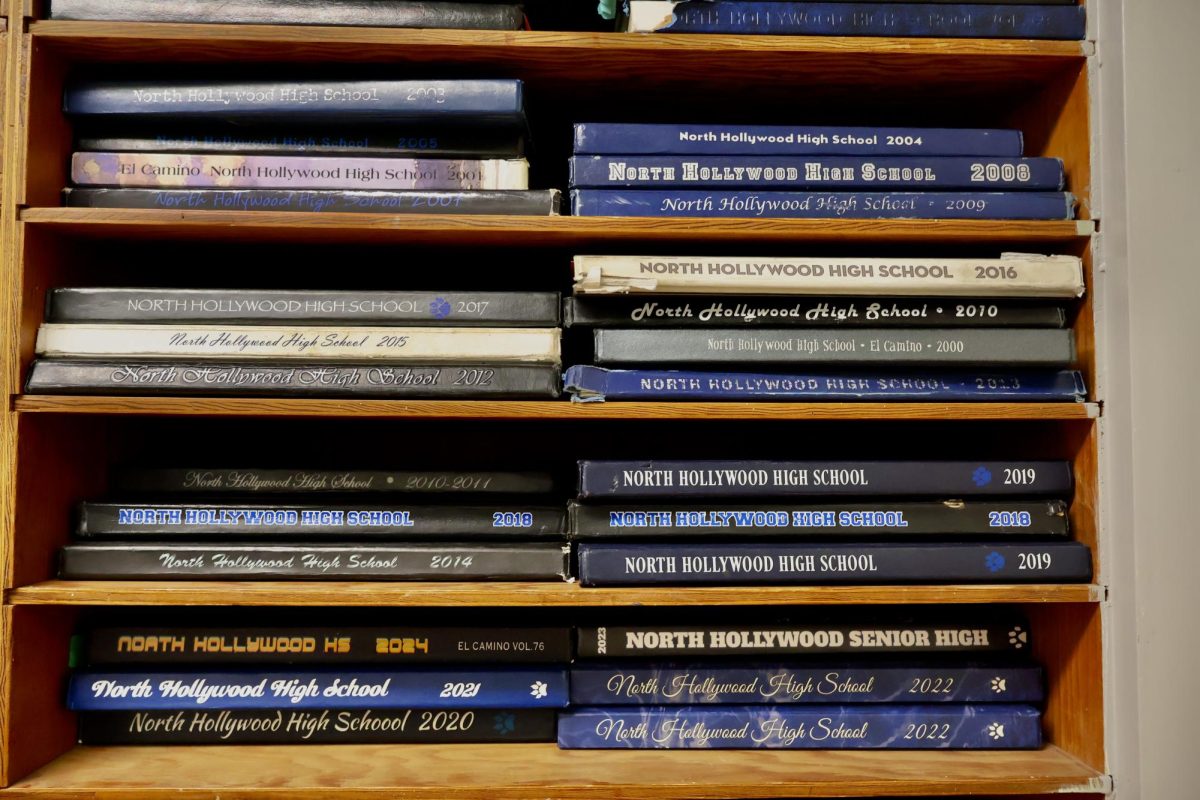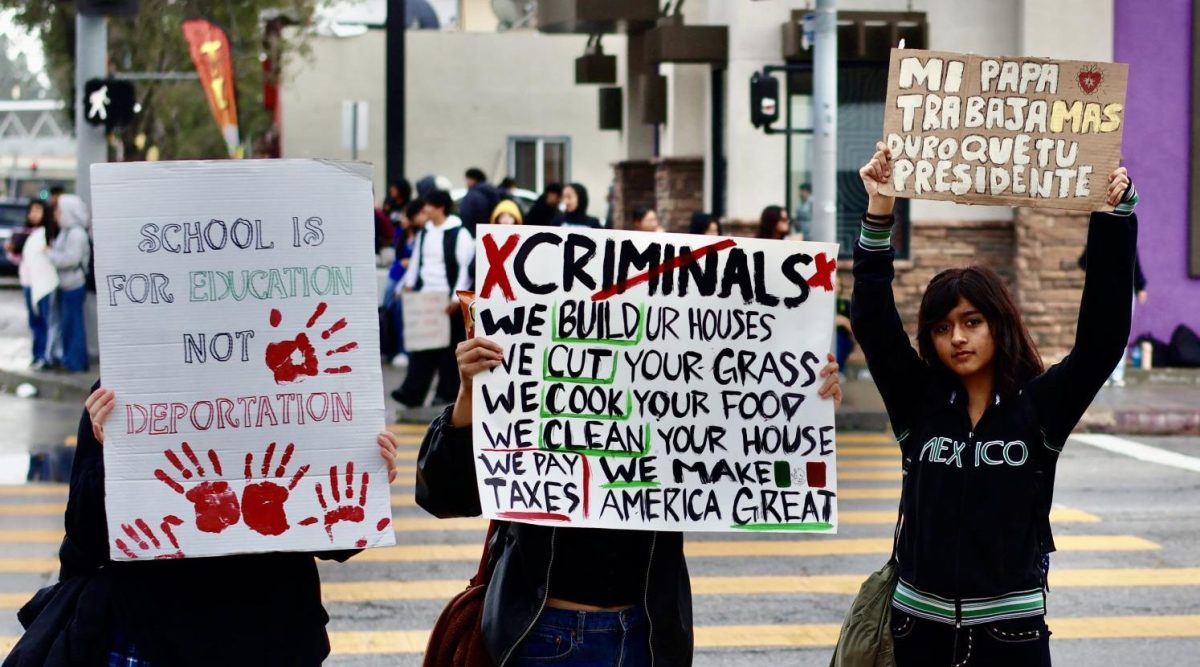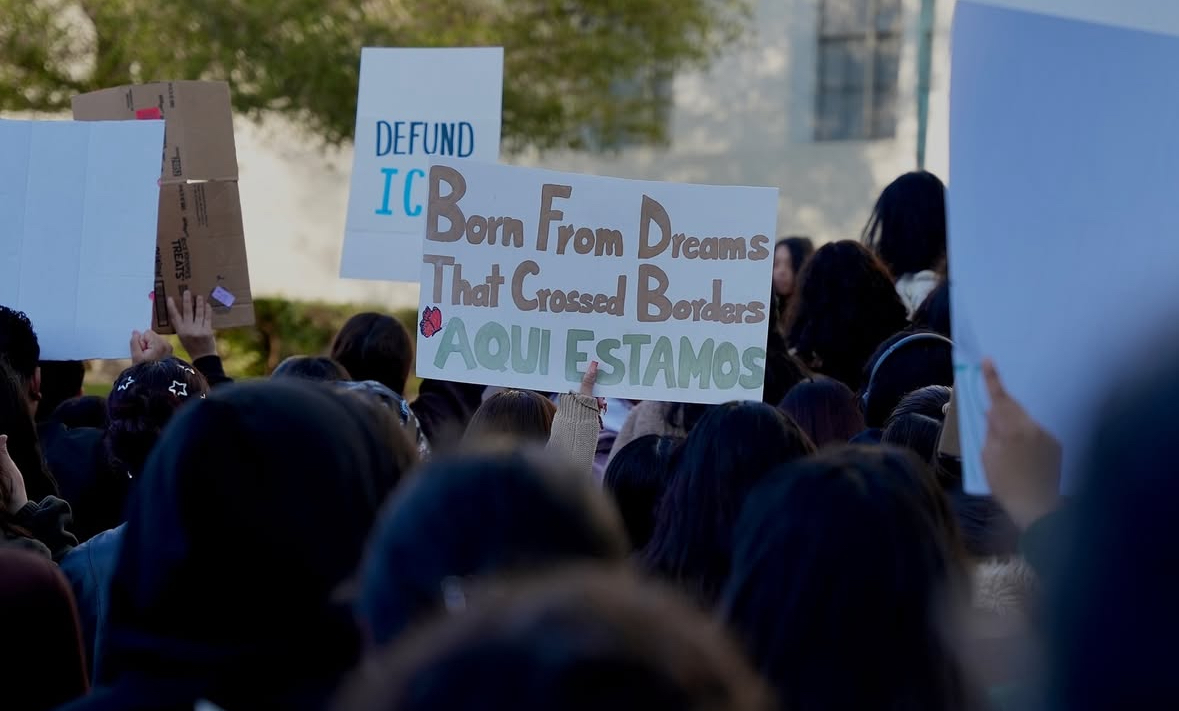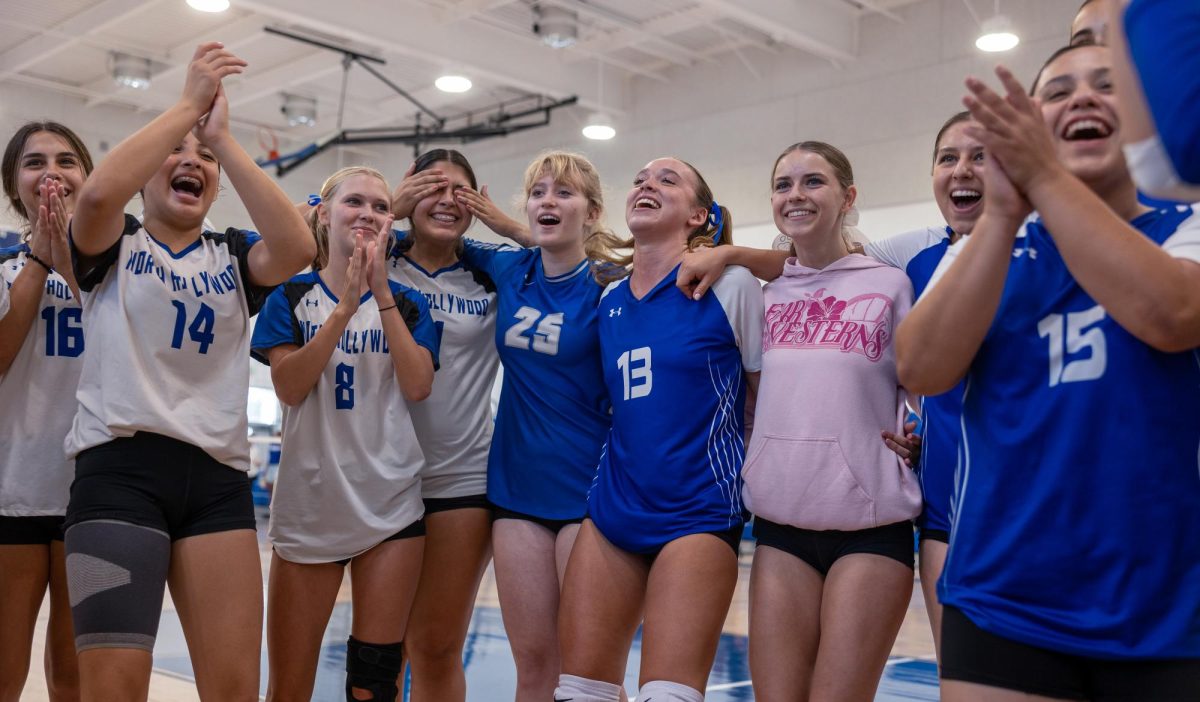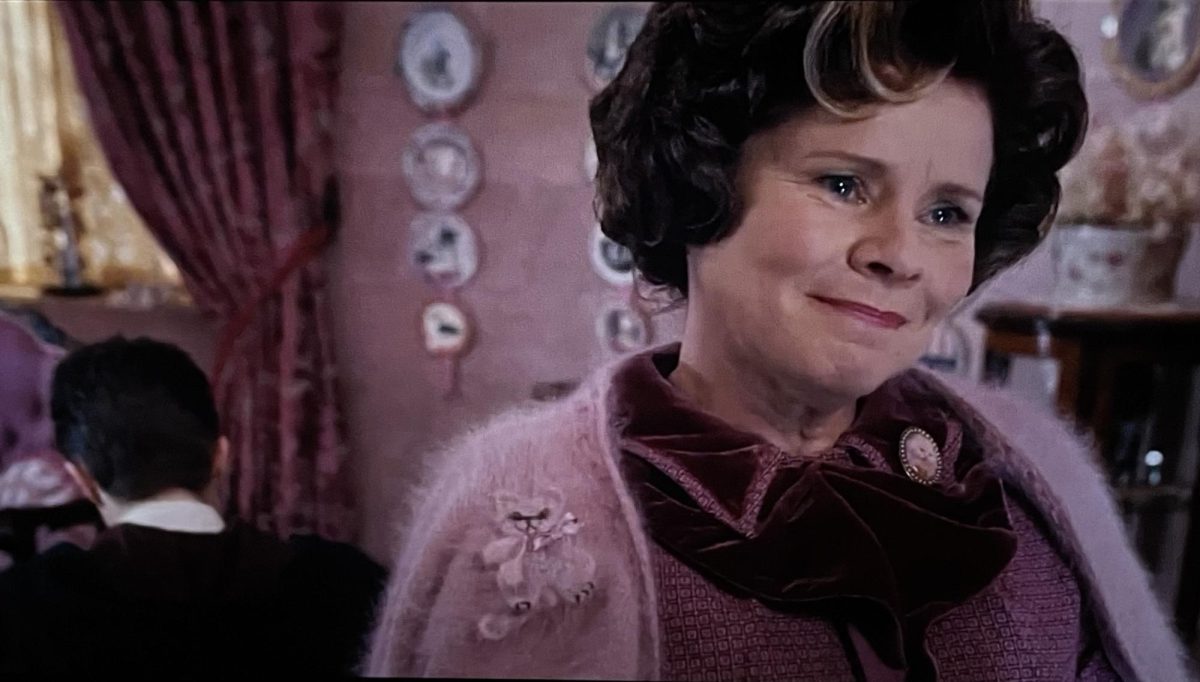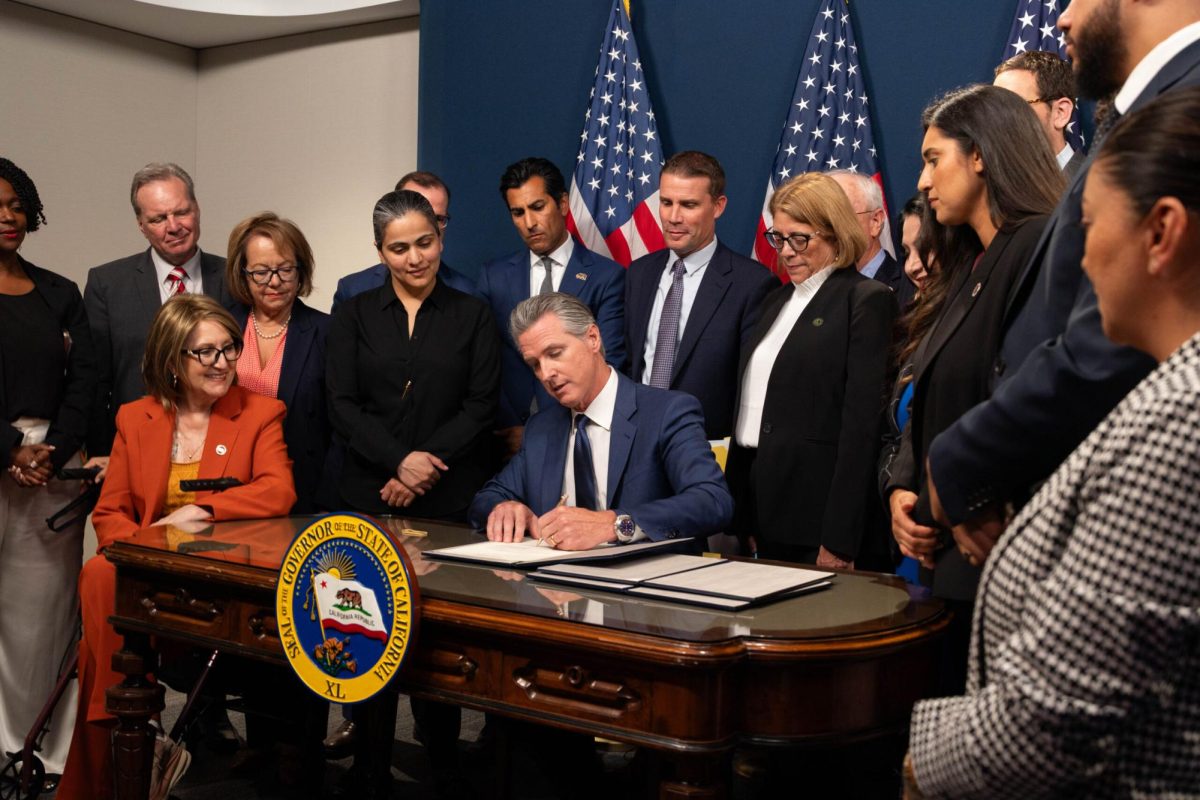Crunchy crispy kataifi with a creamy pistachio and tahini paste mixed together and covered in a layer of your chocolate of choice whether that be milk, dark, or even white. This is called the dubai chocolate and has been taking the internet by storm. So what is it?
Originally crafted in dubai by Sarah Hamouda at Fix Dessert Chocolatier, this viral treat was inspired by her pregnancy craving for a traditional middle eastern dessert called Kunafa. The dubai chocolate bar is a blend of cultural flavor and modern touches: the delicate crunch of Kataifi (a shredded filo dough), paired with a rich, nutty filling of pistachio and tahini, all wrapped in a glossy, thick chocolate shell.
Its aesthetic alone, clean chocolate breaks, colorful green interiors, and elegant packing, has helped elevate it from desert to a big trend. People across the world have started creating their own versions, experimenting with added toppings, fillings, and designs, for gold leaf accents to valentine’s day hearts.
The game changer? Instagram, TikTok, and Youtube.
Social media is what truly launched dubai chocolate into viral status. Videos showcasing the satisfying “crack” of breaking the chocolate shell, the gooey reveal of the pistachio filling, and first-bite reactions quickly racked up millions of views. North Hollywood high school has many students wanting to try the famous chocolate after watching videos just like this.
Junior Benjamin Rodda mentions, “I wanted to try Dubai Chocolate because I kept seeing it all over the internet and my friends were telling me how good it was. I definitely think it’s super unique and that’s one of the reasons a lot of people were interested in it in the first place…I think Dubai Chocolate is a great example of the power of social media especially in terms of social connections.”
Influencers and food bloggers jumped on the trend, often incorporating trending sounds and hashtags like “#dubaichocolate” or “#viralchocolatebar”. These platforms encouraged a wave of content, with people sharing DIY versions and kits to recreate the treat at home. The short-form, visual-first nature of these platforms made Dubai chocolate the perfect recipe for virality.
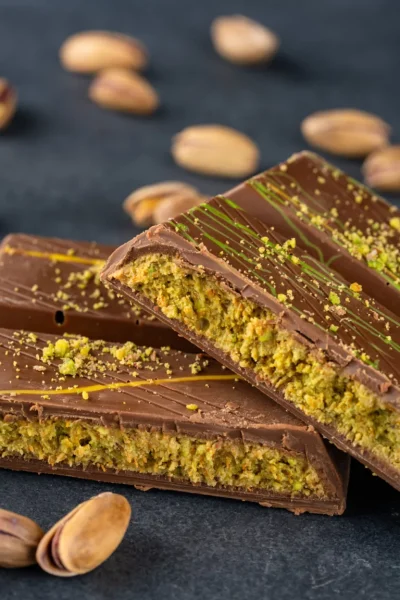
From its bar form, Dubai chocolate has expanded into a wide variety of spin-offs. Food creators and businesses have introduced strawberry cups drizzled with the same chocolate and filled with pistachio paste, jars layered with crushed kataifi and creamy spreads, and even Dubai chocolate cakes.
Bakeries and cafes started offering their own takes, using the flavor profile and aesthetic to design desserts that ride the wave of popularity.
Junior, Sabetai Moreno, president of the club Women in Business at North Hollywood High School, shares her experience selling dubai strawberry cups, “The students loved the stand, given that it is very popular at the moment and in high demand…we saw a lot of people talking [about]…the stand and wanting to support our club by purchasing a cup of Dubai Chocolate covered Strawberries.”
What began as a single product quickly turned into a trend and even a mini-industry within the online dessert world. However, not everyone is sold. As with many viral food trends, opinions are mixed. Some social media users argue the Dubai chocolate is “overrated” or “too sweet,” claiming its popularity is based more on looks than flavor.
Junior Stella Cris strongly believes. “I think it’s a good tasting treat but it’s nowhere near as good as people say it is, it’s overrated because so many celebrities and companies did it…it’s more about the look, it satisfies people when they split the bar of chocolate and make it pretty” Others genuinely enjoy the unique taste and texture, calling it a luxurious twist on traditional Middle Eastern treats. Still, the debate itself keeps the trend alive as every comment, like, or share continues to fuel its reach.
Businesses have also found ways to leverage the hype. Limited edition Dubai chocolate menu items, dessert pop-ups, influencer brand deals, and pre-made kits have become common. For smaller creators and cafes, the trend has provided a chance to innovate and attract new customers. The success of Dubai chocolate shows how visual appeal, flavor fusion, and timing with online trends can be a powerful combination in today’s food marketing.
In the end, Dubai chocolate represents more than a sweet treat, it’s a symbol of how social media can transform a local dessert into an international craze. Its rise shows how food culture is increasingly shaped by what we see, not just what we taste. So the question remains: will Dubai chocolate remain a lasting favorite, or will it melt away like so many trends before it?
